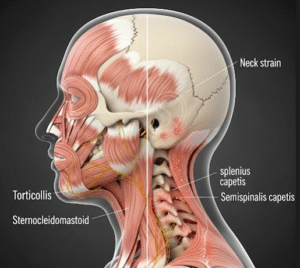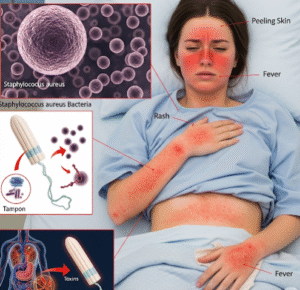Overview
Trachoma is a contagious bacterial eye infection caused by Chlamydia trachomatis. It is the leading infectious cause of blindness worldwide, primarily affecting the conjunctiva and cornea. While trachoma is less common in South Korea due to improved sanitation and public health measures, cases can still occur, especially among travelers or in areas with poor hygiene. Early diagnosis and treatment are crucial to prevent permanent visual impairment. Korean ophthalmologists provide comprehensive care, including antibiotic therapy, surgical interventions, and public health education to manage and prevent trachoma effectively.
What is Trachoma?
Trachoma is a chronic infection of the eye characterized by repeated episodes of conjunctivitis. It progresses slowly over years and can lead to scarring of the eyelid, in-turning of the eyelashes (trichiasis), and eventual corneal opacity, causing vision loss. The World Health Organization (WHO) has classified trachoma stages using the simplified grading system, from initial follicular inflammation to severe scarring and blindness. In South Korea, ophthalmologists utilize advanced diagnostic tools such as slit-lamp examinations to detect early signs and prevent long-term damage.
Symptoms
Trachoma symptoms progress gradually and may include:
- Redness and irritation of the eyes
- Eye discharge, which may be watery or mucopurulent
- Sensitivity to light (photophobia)
- Swelling of the eyelids
- Formation of small bumps or follicles on the inner eyelid
- Itching or discomfort
- In advanced stages, eyelid scarring and in-turned eyelashes rubbing against the cornea
- Blurred vision or visual impairment in severe cases
Early detection is critical, as initial symptoms may resemble common conjunctivitis and are often overlooked.
Causes
Trachoma is caused by infection with Chlamydia trachomatis, which spreads easily through:
- Direct contact with the eyes, eyelids, or nose of an infected person
- Contaminated hands, towels, or clothing
- Flies that have come into contact with discharge from infected eyes
- Poor sanitation and overcrowded living conditions
In Korea, the risk is lower due to improved hygiene, but imported cases or isolated outbreaks can occur, particularly in vulnerable populations.
Risk Factors
Certain factors increase susceptibility to trachoma:
- Living in overcrowded or unsanitary conditions
- Limited access to clean water for face washing
- Poor personal hygiene
- Young age, especially children, who are more susceptible to infection
- Close contact with infected family members
- Exposure to flies in areas with poor sanitation
Public health campaigns in South Korea emphasize hygiene, handwashing, and proper sanitation to prevent infection.
Complications
If left untreated, trachoma can lead to serious complications:
- Scarring of the eyelids (cicatricial trachoma)
- Trichiasis, where eyelashes turn inward and scratch the cornea
- Corneal opacity and vision loss or blindness
- Secondary bacterial infections of the eye
- Chronic pain and discomfort
- Social and economic impact due to visual impairment
Korean ophthalmologists prioritize early treatment and surgical interventions to prevent these complications.
Prevention
Preventive measures are aimed at reducing transmission and promoting eye hygiene:
- Facial cleanliness: Regular washing of the face, especially in children
- Hand hygiene: Frequent handwashing to reduce spread
- Avoid sharing personal items: Towels, cloths, or bedding
- Control of flies: Proper waste management and environmental sanitation
- Access to clean water: Ensuring safe water for drinking and washing
- Public education: Awareness campaigns in schools and communities
South Korea has implemented public health strategies to maintain low trachoma prevalence and prevent outbreaks.
Treatment Options in Korea
Treatment of trachoma in Korea focuses on eliminating the infection, preventing complications, and restoring eye health:
Diagnosis:
- Comprehensive eye examination with slit-lamp or magnification
- Detection of follicles, scarring, and discharge
- Laboratory tests such as PCR or immunoassays for Chlamydia trachomatis
- Assessment of visual acuity and eyelid function
Medical Treatments:
- Antibiotic therapy: Oral azithromycin or topical tetracycline ointment to eradicate infection
- Treatment of secondary infections: Addressing bacterial or fungal infections if present
- Pain management: Analgesics for discomfort or inflammation
Surgical Interventions:
- Eyelid surgery: Correcting trichiasis to prevent corneal damage
- Corneal procedures: For advanced cases with opacity affecting vision
- Reconstructive surgery: In severe scarring to restore eyelid function
Supportive Care:
- Patient education on hygiene and preventive practices
- Regular follow-up to monitor healing and detect recurrence
- Community-based programs to improve sanitation and reduce transmission
Korean ophthalmology centers provide a combination of modern medical therapy, surgical care, and public health education to ensure optimal outcomes for patients with trachoma.













